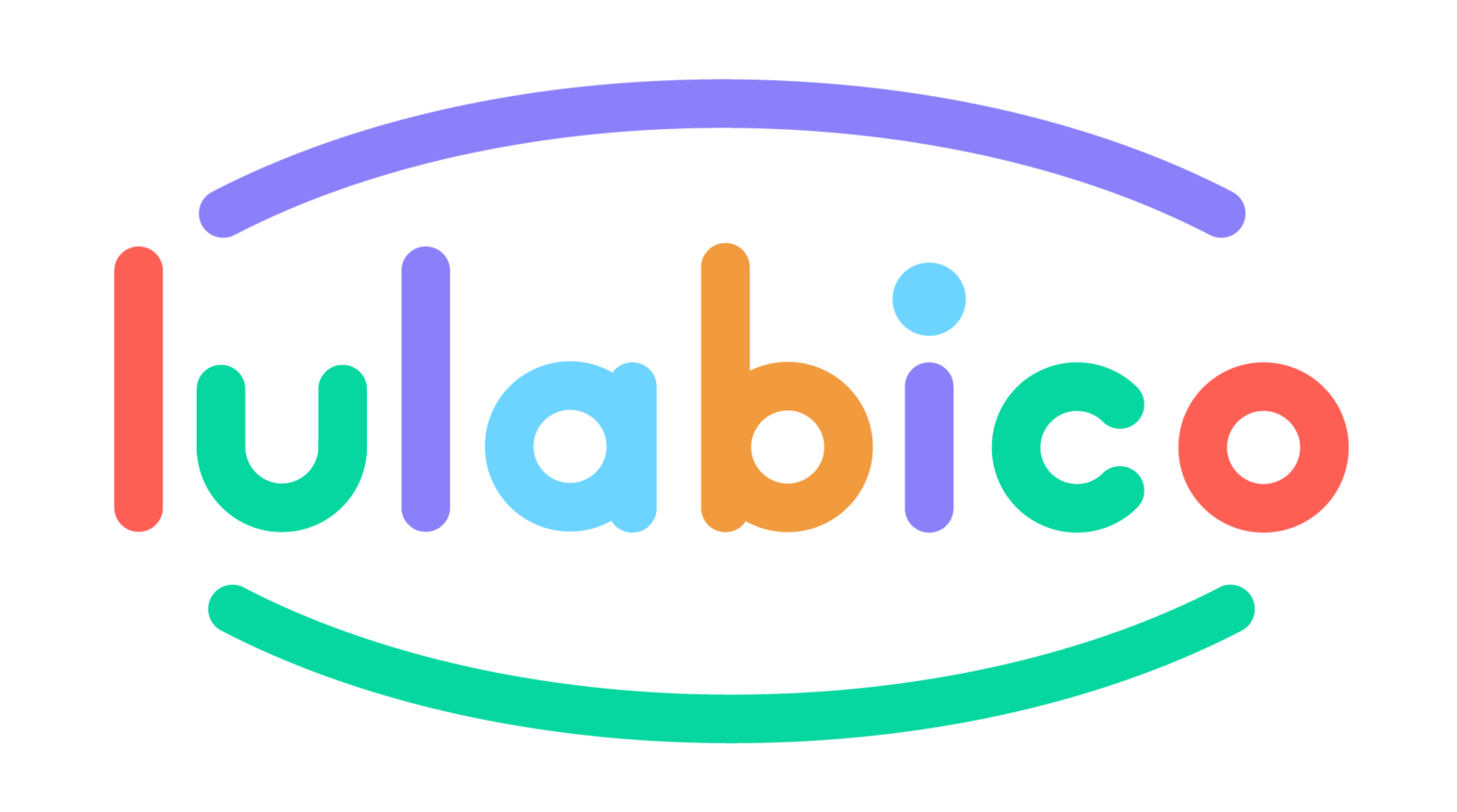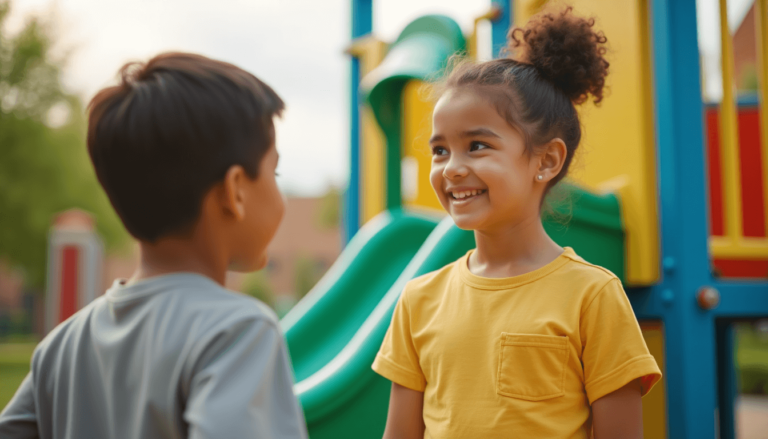Welcome to Lulabico’s guide on belly breathing for mindful kids! We’re here to help you support your child’s happiness and health through the practice of mindfulness. Belly breathing is a fantastic tool for building resilience in your little one. In this guide, we’ll show you easy steps to introduce belly breathing into your child’s routine. From learning the technique to enjoying its benefits, let’s explore together how belly breathing can make a big difference in your child’s well-being. Let’s get started!
Belly Breathing:
In our first section, let’s delve into the transformative practice of belly breathing, tailored specifically for our little ones.
Correct Breathing Technique
Mastering belly breathing for kids begins with understanding the correct technique. Ensure that your child keeps their shoulders still while allowing their stomach to expand with each breath. This fundamental aspect ensures optimal engagement of the diaphragm, facilitating deeper breaths and promoting relaxation.
Purpose of Belly Breathing
Belly breathing serves as a gateway to mindfulness for children, engaging their diaphragm to enhance oxygen intake and induce a sense of calm. By focusing on the rhythmic rise and fall of the belly, kids can tap into their body’s natural relaxation response, fostering emotional well-being.
Instructions for Practice
Introducing belly breathing to your child is simple with our step-by-step guide.
- Find a comfortable spot, perhaps during bedtime or before a challenging task.
- Have your child sit or lie down and place their hands gently on their belly.
- Instruct them to breathe in slowly through their nose, feeling their stomach rise like a balloon.
- Then, guide them to exhale slowly through their mouth, feeling their belly deflate.
- Repeat this process several times, encouraging your child to focus on the sensation of their breath.
Repetition and Guidance
Consistency is key when introducing any new practice, especially for children. Encourage regular practice of belly breathing, offering gentle guidance and support along the way. Remind your child that it’s okay if they find it challenging at first; with patience and practice, they’ll soon become proficient.
Encouragement for Beginners
For children who may find belly breathing challenging initially, offer reassurance and encouragement. Emphasize the positive impact it can have on their well-being and celebrate small victories along the way. Encouraging a positive attitude towards the practice can make all the difference in their journey towards mindfulness
Benefits of Belly Breathing for Children
Physiological Benefits
- Improved oxygenation: Enhances oxygen intake, vital for overall health.
- Stress reduction: Triggers relaxation response, lowering cortisol levels.
- Better digestion: Massages organs, aiding in digestion and nutrient absorption.
- Blood pressure regulation: Helps maintain healthy blood pressure levels.
- Strengthened immune system: Supports immune function, boosting wellness.
Psychological Benefits:
- Anxiety reduction: Promotes calmness, reducing anxiety and tension.
- Enhanced focus: Clears the mind, improving concentration.
- Emotional regulation: Helps children manage emotions effectively.
- Resilience boost: Fosters inner peace, aiding in stress management.
- Improved sleep: Enhances relaxation, leading to better sleep quality.
Versatility of Practice
One of the remarkable aspects of belly breathing is its versatility. Whether your child is feeling anxious before a big test or restless before bedtime, belly breathing can be practiced anytime, anywhere. Empower your child to utilize this tool in various situations, helping them build a lifelong foundation for mindfulness and well-being.
Incorporate these insights into your child’s routine, and watch as they blossom into mindful, resilient individuals.
Bonus: Red Balloon Visualisation Technique!
As we continue our journey into nurturing your child’s well-being and belly breathing habit, let’s explore the captivating world of Red Balloon Visualization, a delightful practice designed to ease worries and foster inner peace. Before we embark on this visualization exercise, ensure your child is in a comfortable and relaxed environment. Find a quiet spot free from distractions where they can fully immerse themselves in the experience. Now you can proceed with following steps!
Focus on Breathing
Encourage your child to shift their focus to their breath, the anchor that will guide them through this tranquil journey. Remind them to breathe slowly and deeply, allowing each inhale and exhale to soothe their mind and body.
Breathing Technique
Guide your child through the breathing technique, much like we did with belly breathing. Instruct them to inhale deeply through their nose, feeling their belly expand with each breath. As they exhale, encourage them to release any tension or worries with each breath out.
Imagery of Red Balloon
Now, let’s paint a vivid picture in your child’s mind. Imagine a bright red balloon tied to a string, gently swaying in the breeze. This balloon represents all the worries and concerns your child may be carrying.
Breath and Visualization Integration
As your child continues to breathe deeply, guide them in visualizing the balloon lifting higher and higher into the sky with each exhale. With every breath out, imagine the worries being lifted away, leaving behind a sense of lightness and peace.
Closure and Relaxation
As we come to the end of our visualization exercise, gently bring your child’s focus back to their breath. Remind them that they have the power to let go of worries and embrace inner peace whenever they need. Encourage them to take a few more deep breaths, savoring the feeling of relaxation that washes over them.
With the Red Balloon Visualization, your child can harness the power of their imagination to release worries and find tranquility within. Incorporate this practice into their daily routine, and watch as they discover a newfound sense of calm and resilience.
Conclusion
As you continue to explore the world of belly breathing for kids, mindfulness and seek ways to promote your child’s emotional resilience, we encourage you to delve deeper into the vast array of resources available. From books and online courses to community workshops and support groups, there are countless avenues to further enhance your understanding and practice of mindfulness techniques. Meanwhile, we highly recommend checking out this Sesame Street YouTube video dedicated to belly breathing for a fun and educational experience!
Thank you for entrusting Lulabico to be a part of your parenting journey. May you and your child continue to thrive, embracing each moment with mindfulness, compassion, and joy.




